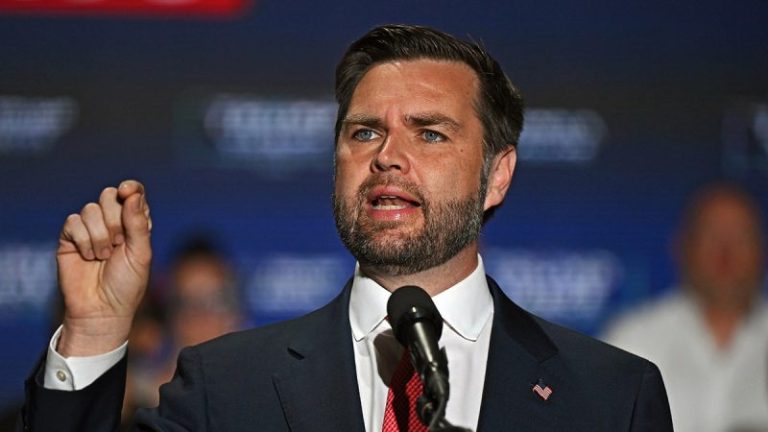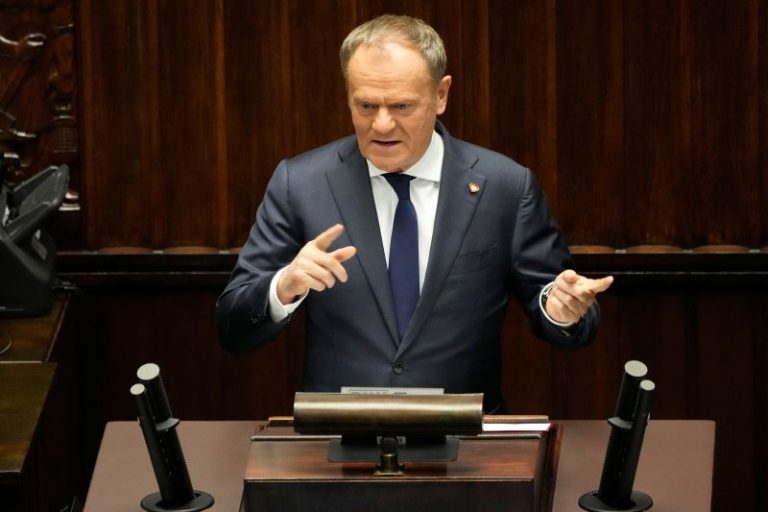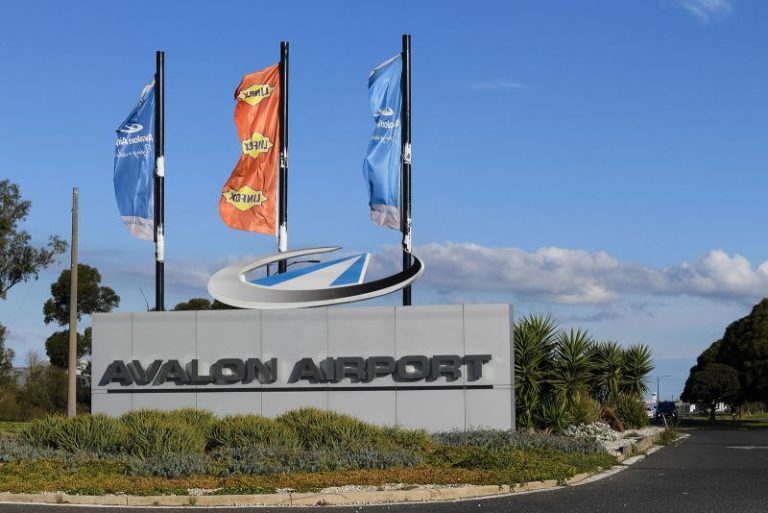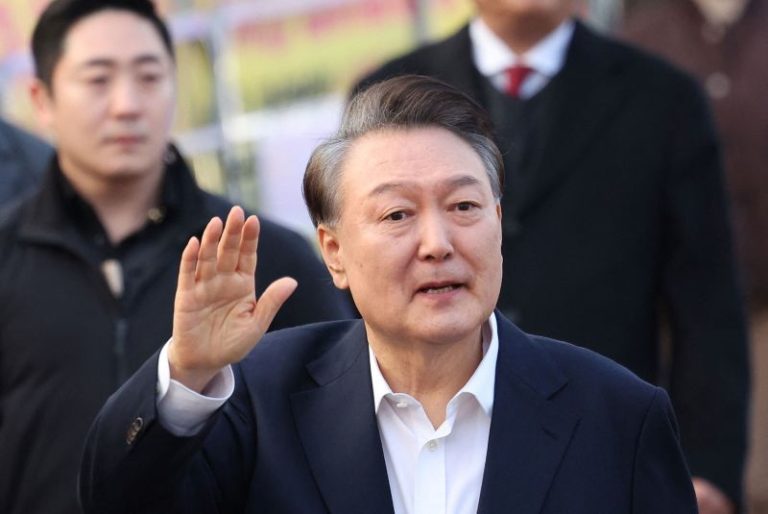Congressional negotiators have released a bill that, if passed, will avert a partial government shutdown during the first 100 days of President Donald Trump’s term.
The 99-page legislation would roughly maintain current government funding levels through the beginning of fiscal year (FY) 2026, which begins Oct. 1. The current deadline to avert a shutdown is Friday, March 14.
House GOP leaders are confident that they can pass a bill to keep the government funded with Republican votes alone, something that has not been achieved since they took over the chamber majority in January 2023.
But on a call with reporters on Saturday morning, House Republican leadership aides emphasized that the bill was ‘closely coordinated’ with the White House – while stopping short of saying Trump backed the measure completely, noting he has not reviewed the specific pages yet.
It includes an additional $8 billion in defense dollars in an apparent bid to ease national security hawks’ concerns, while non-defense spending that Congress annually appropriates would decrease by about $13 billion.
There’s also an added $6 billion for healthcare for veterans.
The White House has requested additional spending in areas that were not present in the last government funding extension, known as ‘anomalies.’
Among the anomalies requested by Trump and being fulfilled by the bill is added funding for Immigration and Customs Enforcement (ICE).
Aides said the funding is meant to meet ‘an operations shortfall that goes back to the Biden administration.’
‘That money, most of that, has already been obligated prior to the start of this administration. So that request reflects an existing hole,’ a source said.
The bill also ensures that spending caps placed under a prior bipartisan agreement, the Fiscal Responsibility Act (FRA), are followed. The FRA mandated no more than a 1% federal spending increase in FY 2025.
Cuts to non-defense discretionary spending would be found by eliminating some ‘side deals’ made during FRA negotiations, House GOP leadership aides said. Lawmakers would also not be given an opportunity to request funding for special pet projects in their districts known as earmarks, another area that Republicans are classifying as savings.
Overall, it provides for $892.5 billion in discretionary federal defense spending, and $708 billion in non-defense discretionary spending.
‘Discretionary spending’ refers to dollars allocated by Congress on an annual basis, rather than mandatory spending obligations like Medicare, Medicaid and Social Security.
The bill is what’s known as a continuing resolution (CR), which differs from Congress’ annual appropriations bills in that it just extends the previous fiscal year’s government funding levels and priorities.
It would be the third and final CR extending FY 2024 numbers, through the remainder of FY 2025. Republicans believe it will put them in the best possible position to negotiate conservative government funding priorities in time for Oct. 1.
The previous two extensions were passed under the Biden administration, when Democrats controlled the Senate.
And while some Democratic support is needed to reach the Senate’s 60-vote threshold, it’s very possible Republicans will have to carry it through the House alone with their razor-thin majority.
House Democrats traditionally vote to avoid government shutdowns. Now, however, Democratic leaders are directing lawmakers in the lower chamber to oppose the Republican CR.
In a joint letter to colleagues sent on Friday, House Democratic leaders accused Republicans of trying to cut Medicare and Medicaid through their CR – despite it being the wrong mechanism to alter such funds.
‘Republicans have decided to introduce a partisan continuing resolution that threatens to cut funding for healthcare, nutritional assistance and veterans benefits through the end of the current fiscal year,’ the statement said. ‘House Democrats would enthusiastically support a bill that protects Social Security, Medicare, veterans health and Medicaid, but Republicans have chosen to put them on the chopping block to pay for billionaire tax cuts.’
But House GOP leaders will need to work to convince nearly all Republican lawmakers to support the bill – despite a history of dozens of conservative defections on CRs over the last two years.
At least one Republican has already signaled he will oppose it. Rep. Tony Gonzales, R-Texas, who has voted against CRs previously, wrote on X last week, ‘I am a NO on the CR. Congress needs to do its job and pass a conservative budget! CR’s are code for Continued Rubberstamp of fraud, waste, and abuse.’
GOP leaders are hoping their close coordination with the White House and a blessing from Trump, however, will be enough to sway remaining holdouts.
While he has not weighed in on the specific bill, Trump posted on Truth Social this week, ‘I am working with the GREAT House Republicans on a Continuing Resolution to fund the Government until September to give us some needed time to work on our Agenda.’
‘Conservatives will love this Bill, because it sets us up to cut Taxes and Spending in Reconciliation, all while effectively FREEZING Spending this year,’ Trump wrote.










